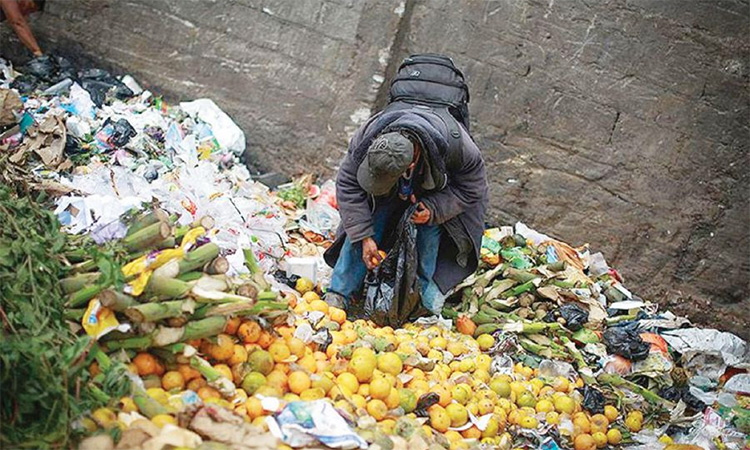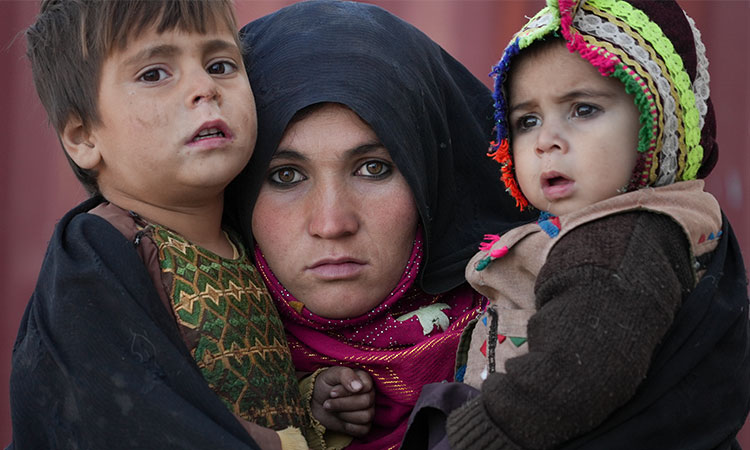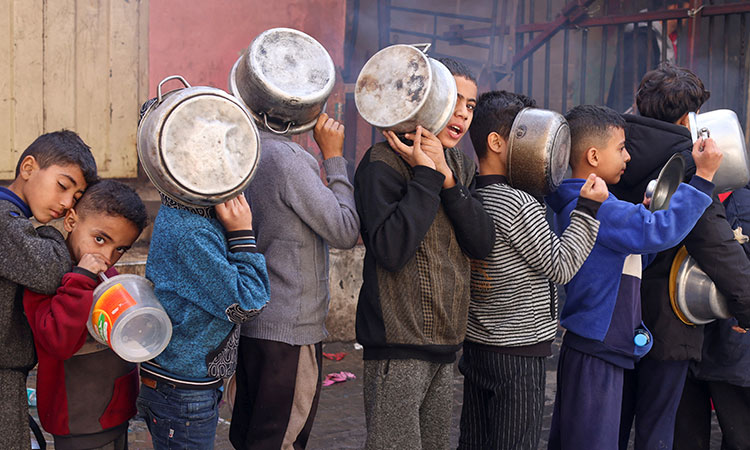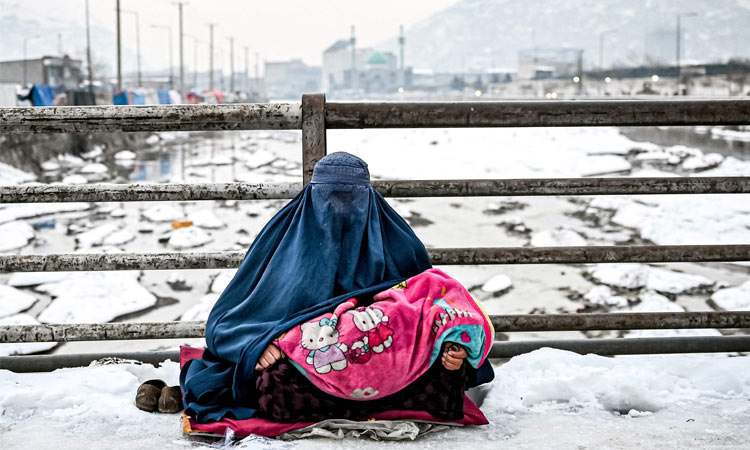Global war on hunger is losing steam

The number of people going chronically hungry has remained well over 100 million over the past three years. AFP
The inference is that, unfortunately, the global response to hunger continues to remain poor.
With all the technological advancements and economic progress that the world has witnessed, if millions of people are still forced to go to bed on an empty stomach, then it can only be seen as a blot on humanity.
The Near East and North Africa region (NENA) cries for special attention. The UN Food and Agriculture Organization (FAO) mentioned recently that hunger continues to rise as conflicts and protracted crises have worsened in the NENA, which is likely to affect food security for years to come.
Conflicts and civil instability have long-lasting impacts on the food and nutrition security of both affected and surrounding countries in the regions, as Abdessalam Ould Ahmed, Assistant Director-General and NENA Representative of the FAO noted.
More than two-thirds of hungry people there live in conflict-affected countries, threatening efforts to achieve the 2030 Agenda for Sustainable Development, including the key goal of Zero Hunger.
FAO’s Regional Overview of Food Security and Nutrition in the Near East and North Africa underscored that since 2011, 52 million people across the region suffer from chronic undernourishment – with stunting, wasting and under nutrition amplified by fighting.
Figures could rattle one’s conscience: Of the 52 million hungry people in the Near East and North Africa: 33.9 million are in conflict countries; 21.1 per cent of children under-five are affected by stunting, or short-for-age height; 8.7 per cent of children under five are affected by wasting, or low-for-height weight; 9.1 per cent of children under five are overweight, or heavier-for-height weight.
Besides conflicts, the hunger issue is made worse in the Near East and North Africa region by rapid population growth, scarce and fragile natural resources and the growing threat of climate change.
Achieving zero hunger by 2030 is one of the UN’s Sustainable Development Goals adopted by member states in 2015. UN officials had earlier cautioned that world hunger rose in 2017 for a third consecutive year due to conflict and climate change, jeopardising the global goal.
The rising numbers living in slums tend to exacerbate the challenge. About one-third of the urban population is in slums with limited access to welfare benefits and safety nets, which impacts on their food security, nutrition and livelihoods.
UN experts have identified three primary drivers across the world as reasons for increase in hunger: the intensification of conflict, economic downturn and the effects of climate change.
Climate variability and extremes are undermining food production in some regions and if action to mitigate disaster risk reduction and preparedness is not taken the situation will only get worse as temperatures are expected to rise and become extreme.
It is upsetting that too many men and women across the globe struggle to feed their children a nutritious meal. Hunger is the world’s most solvable challenge and all that is called for is conscientious action by world leaders through collective initiatives.
The solution lies in, as FAO officials suggest, improving market access for farmers, promoting investment and innovation in agriculture and better management of water resources.







